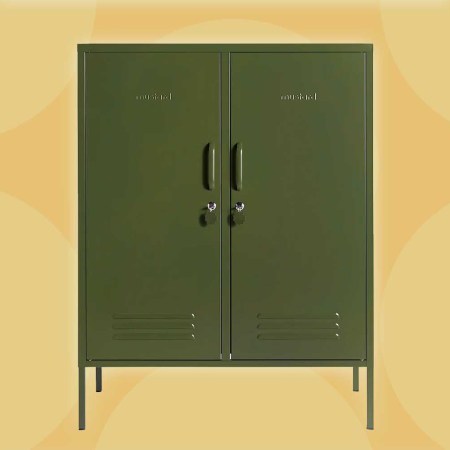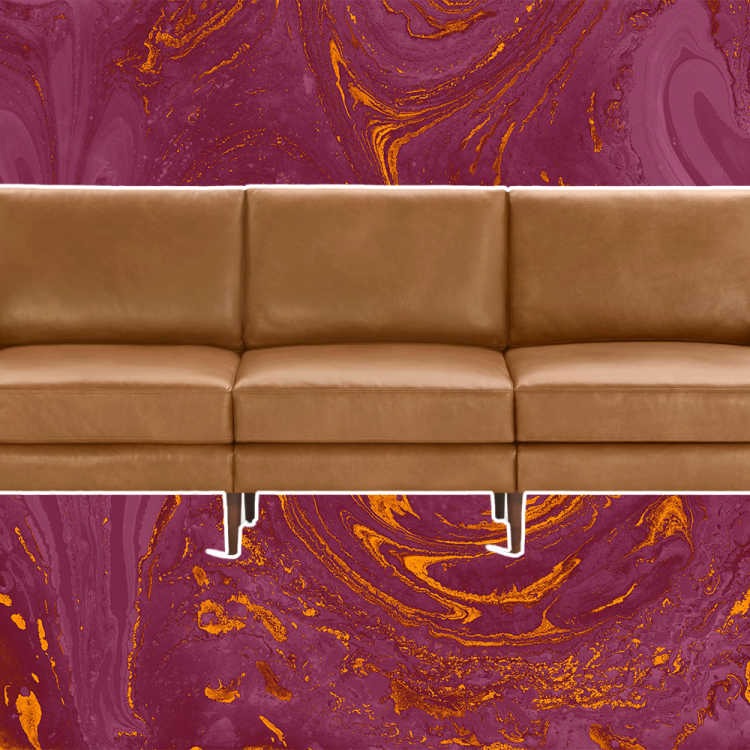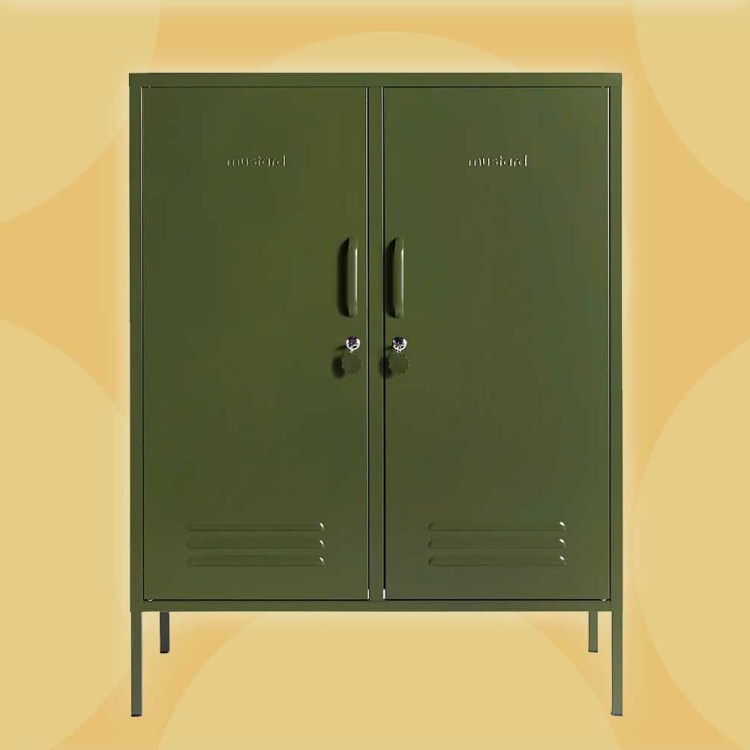In 2017, it’s (finally) not uncommon to see the odd solar panel on a home or business. And with solar officially cheaper than fossil fuels, that trend will likely increase.
But imagine a home that creates all the power it needs to run, catches all the water you need to live, and even keeps a greenhouse outside to grow everything you need to feed your family. And all powered for around $100 a year.
Based in Taos, New Mexico, Earthship Biotecture is a company that makes exactly those claims.
A 45+ year endeavor by architect and developer Michael Reynolds, Earthship wants to give “humans the tools necessary to sustain themselves and the planet.” Reynolds says that for about the cost of purchasing a conventional home, you can instead buy or build an Earthship, a home made of rammed-earth walls and recycled materials that leverages wind harvesting, solar and thermal heating, and cooling and water catchments to make it fully off-grid-capable. In theory, it’s supposed to work in any climate and go “beyond LEED architecture,” the most widely used green building rating system.
By and large, the attitude towards Earthships is that they are a godsend and ingenious, as is their creator. But like holding up a photo of a perfectly frosted cake only to look past at your own dripping, lopsided version, his critics, including former clients, say that’s not the reality. In fact, Reynolds has had so many disputes with certain clients over the safety and legality of his designs that he was stripped of his architecture and construction licenses in 1990. They weren’t reinstated for 17 years.
When Reynolds took his dog-and-pony show on the road to Australia, one journalist described him as “shameless,” and determined that “having an Earthship in your life is like having a particularly sensitive pet — which needs constant feeding and exercise.” And while Reynolds claims his designs will work in any climate, an attempt to replicate one in England failed — the designer allegedly made no adjustments for the different weather patterns.
Further, there’s a growing body of research suggesting that off-gassing rubber tires — a main building material in Reynolds’s designs — are highly toxic. Another writer detailed the very involved process of navigating these and other problems with the homes. Still others point out that the actual logistics and demands of food production are glossed over in meetings and literature, a fairly important detail when your claim is true, airtight sustainable living.
Writing for The Verge, Trent Wolbe points out that “this emphatically off-the-grid operation depend[s] on very gridlike formations: the internet as a global publicity tool, existing transportation infrastructure for moving raw materials to and from builds, and phone networks to communicate.”
All of that can be a tough pill to swallow for idealists who just want to follow their dream of living as low-impact a life as possible. Which is why Reynolds’s gimmick sells: he’s been able to depict himself as a dogged layman’s genius who had this whole sustainable living figured out before the rest of us even got started.
Which isn’t to say that his project is all empty promises.
In fact, a group of Earthship fixers, as it were, have set their minds to amending his concepts into a version that can work for a wider set of people than those living in Taos (and even there the Earthships don’t function exactly as theorized). If you want to go even deeper down the rabbit hole, start with Hacking the Earthship.
This article was featured in the InsideHook newsletter. Sign up now.























